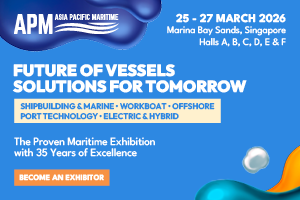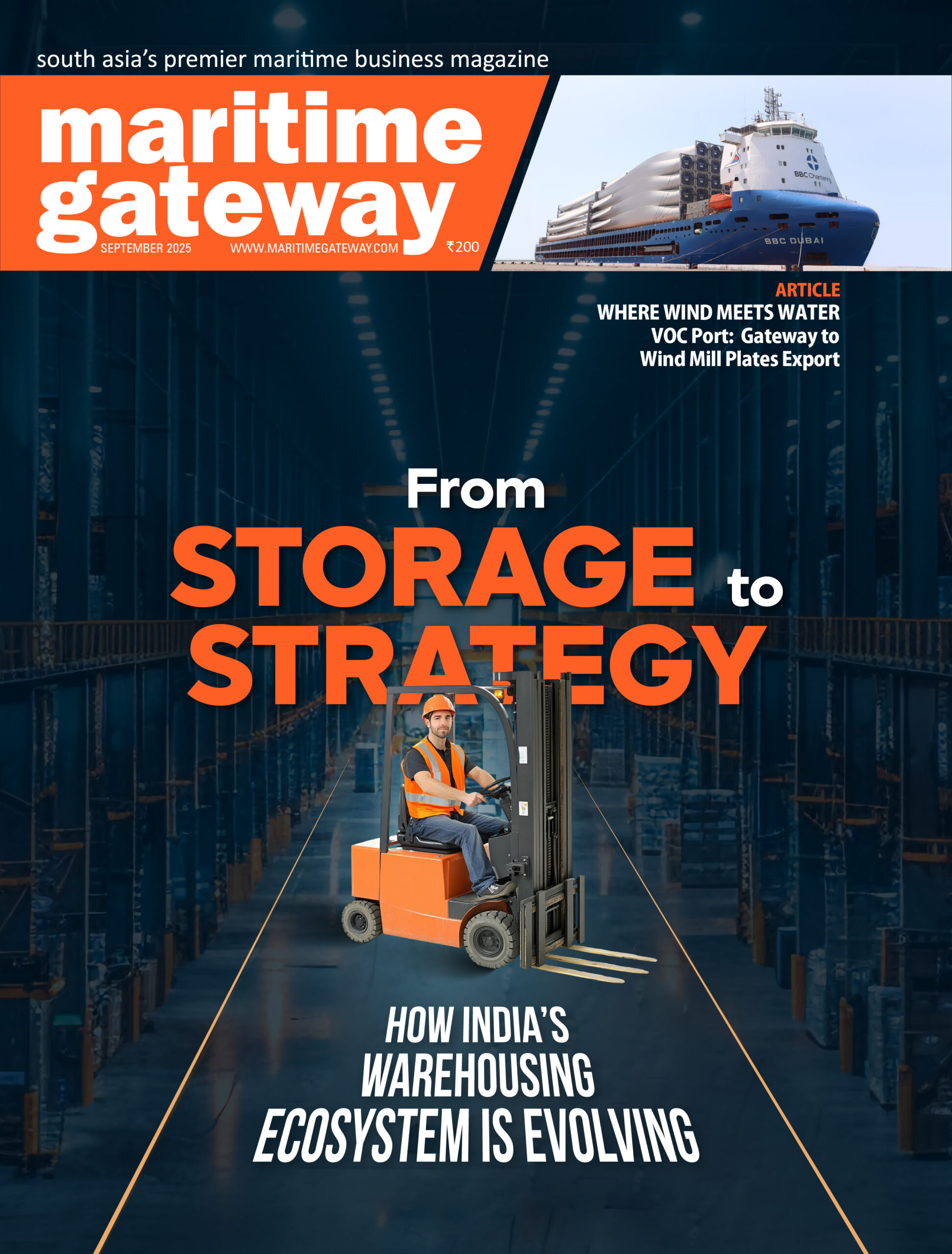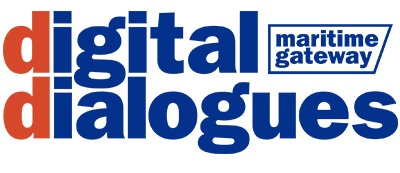Geopolitical risks have always existed, but what has changed dramatically is their frequency, complexity, and the speed at which their effects ripple across the globe. With global connectivity so deeply embedded in supply chains, even a local or regional disturbance can cause far-reaching consequences. The rise of decoupling, reshoring, and strategic alignments is forcing companies to reconfigure their supply chains rapidly, often without much lead time.
To give example, when I was working with Klavenus, we were initially Europe-centric with a single office in Oslo. But once we opened the Singapore office, we became intricately linked with Southeast Asian developments. Take Myanmar as an example — after the military coup and the return of Aung San Suu Kyi, we had to immediately assess the new landscape, identify risks, and find opportunities. That level of responsiveness is what global shipping firms now need to maintain.
What makes today’s geopolitical risks more difficult to manage compared to the past?
It’s the sheer unpredictability and the overlapping nature of these crises. You’re not just dealing with war or political upheaval anymore. There’s also trade weaponisation, cyber risks, economic sanctions, and even climate-linked political instability. Earlier, we could anticipate to some extent — today, the fog of uncertainty is thicker. Also, because businesses are now embedded in multi-market networks, a risk in one region can cascade across multiple nodes almost instantly.
Do you see a shift in the nature of customer expectations amid these disruptions?
Definitely. Customers now expect flexibility and transparency as a given. Earlier, it was about cost and delivery time. Now, clients want assurance that even if a port shuts down due to sanctions or a war, their cargo will still move — even if through longer or more expensive routes. It’s led to stronger partnerships between logistics providers and clients, especially in sectors like pharma and high-value electronics.
How are companies in the shipping space adapting to this new reality?
Shipping as a sector is often slower to adapt compared to tech or finance. But I wouldn’t say it lacks awareness. The information is out there. In fact, professionals across shipping companies do have access to geopolitical developments. The real issue is they are too caught up in day-to-day operations to connect the dots. Most shipping companies don’t yet have internal mechanisms to ask the right questions consistently. That’s the bottleneck.
That leads us to the second part — should companies now establish political intelligence desks or structured geopolitical advisory teams?
It’s a fascinating thought. While the concept is logical, there are compliance and perception risks involved. Instead, what’s more likely happening is the outsourcing of such analysis. Firms like Drewry, IHS Markit, or S&P Global are increasingly building political risk into their shipping and trade forecasts. That trend will only grow.
Do you believe the next generation of shipping leaders will think differently about geopolitics and technology?
Yes, and that’s where the real change will come from. You and I are digital immigrants — we adopted technology mid-career. But the next generation of CEOs will be digital natives. For them, using real-time feeds, tracking conflict alerts, or running AI-based risk scenarios will be second nature.
I often give this example: my son, when picking a restaurant, immediately checks TripAdvisor ratings. It’s instinctive. Similarly, future maritime leaders will have that instinct to track geopolitical signals — not as a research project but as part of their daily workflow. That will make the entire industry more alert, responsive, and resilient.
In any geopolitical or trade disruption, there are always winners and losers. Given today’s rapidly changing environment, who do you think will emerge stronger — and who’s at risk of falling behind?
That’s a great question — and the answer lies in a combination of value, access, and relevance. The winners will be those who bring something tangible or strategic to the global table. That could be natural resources, strategic geography, or economic infrastructure that creates value for others. If you’re a country or a business that can offer something — whether it’s minerals, manufacturing capacity, digital infrastructure, or even political stability — you’ll always have bargaining power.
Take Singapore as an example. It has no major natural resources, yet it has become indispensable in the shipping ecosystem. Why? Because it’s a supermarket of maritime services — refuelling, crew changes, repairs, port services, legal support. A ship going to Singapore gets everything done in one stop. That kind of multi-touchpoint efficiency ensures its survival and relevance.
As trade flows shift, are we seeing a tangible change in the cargo mix? With the EV revolution and decarbonisation underway, how are shipping patterns evolving? What role the energy transition play in this cargo mix evolution?
Absolutely — the cargo mix is undergoing a quiet but significant transformation. There are two major forces driving this shift. First, we’re seeing a wave of resource nationalism in countries like Indonesia and even Ukraine. Earlier, raw materials like nickel, bauxite, or copper would simply be exported as bulk cargo. Now, governments are saying, “If you want our raw materials, build your processing plants here.” That means instead of exporting bauxite, countries want to export aluminium ingots or semi-finished products. And that changes everything — you go from bulk carriers to smaller, high-value shipments, often in containers.
Decarbonisation, the EV boom, and green technologies require a whole new set of materials: lithium, cobalt, rare earths, nickel, graphite — what we now call critical minerals. These aren’t shipped in massive volumes like coal or oil, but they are strategically important and high-value.
That’s why we’re seeing a global race — the US, China, the EU — all scrambling to secure access. The competition is no longer for coal or crude. It’s for the building blocks of future industries, and the logistics industry needs to adapt to that shift.
Are shipping lines and port ecosystems ready for this change? Or is the sector lagging?
Honestly, we’re behind. The shipping industry tends to lag behind in adapting to such nuanced shifts. Unlike the airline industry, which has introduced concepts like Sustainable Aviation Fuel (SAF) pooling, shipping still operates in silos. There’s no collective strategy for handling emerging cargoes or building economies of scale in handling critical minerals.
We need more collaboration, standardisation, and digital systems to track and consolidate new cargo streams. Otherwise, we risk being inefficient custodians of tomorrow’s trade.
Given all the geopolitical shifts and changes in cargo flows, what kind of impact are you seeing on chartering and contracts?
Chartering, like every other function in shipping, is being reshaped by today’s volatile environment. One of the key tools I recommend for managing geopolitical risk is continuous learning. Chartering can’t remain a static discipline — you need to stay updated, adapt fast, and learn continuously. Fortunately, there are excellent resources available: The Institute of Chartered Shipbrokers, The Nautical Institute, and others offer robust programs that can help professionals stay current.
But more than that, we need to upgrade contractual robustness. Unlike aviation — where IATA sets clear norms — our industry lacks a powerful, centralised regulator. IMO works through consensus, which slows action. So it’s really up to the chartering professionals and legal teams to step up, tighten contracts, and pre-empt risks.
Is data also playing a role in modernising chartering decisions?
It absolutely should — and we’re only scratching the surface. We have enormous data sets across the industry, but they’re often trapped in silos. If anonymised, this data could be powerful.
For example, I don’t need to know if MV Bahamas is underperforming. But if you tell me, “a 58,000 DWT ship built in this yard consistently underperforms against similar vessels,” that’s actionable insight. Anonymised benchmarking like this could help operators make better, safer, and more informed chartering decisions.
The challenge is: we’re not collaborating enough to make this happen. Unless we open up and share data in safe, structured ways, some players will always be taken advantage of — and often won’t even know it.









